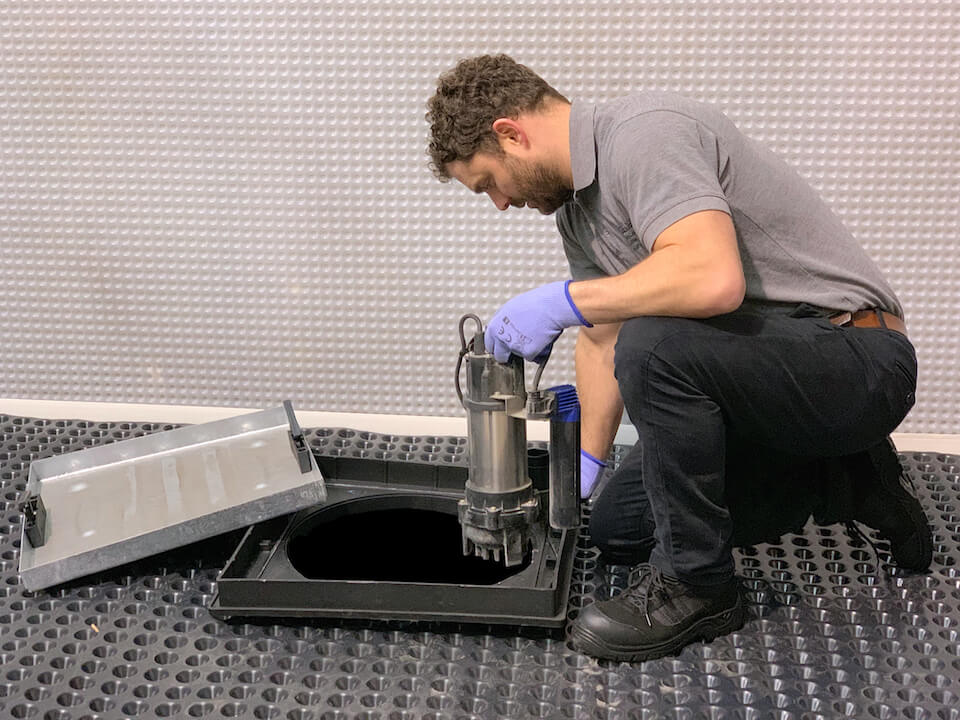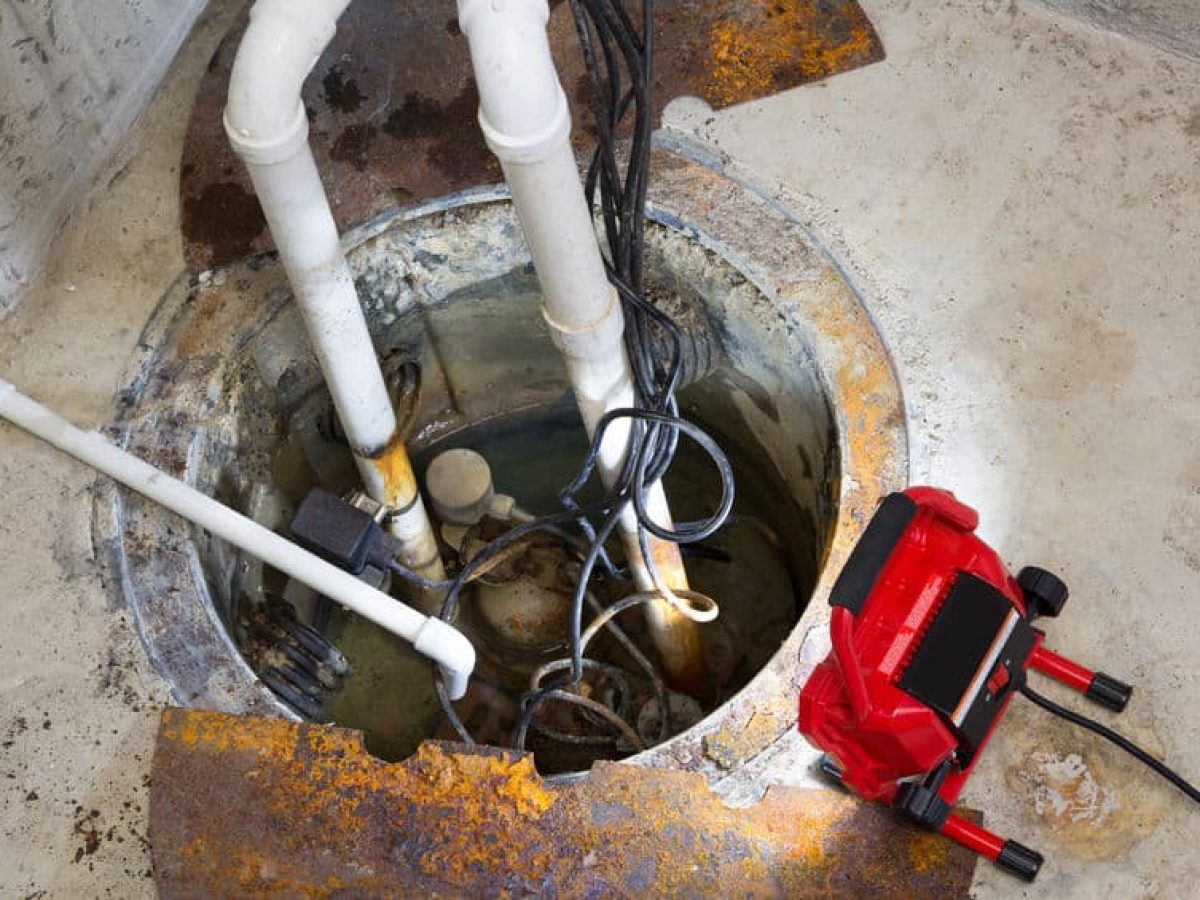Straightforward Instructions for Maintaining a Sump Pump
Straightforward Instructions for Maintaining a Sump Pump
Blog Article
On this page in the next paragraphs you will discover lots of really good facts with regards to Cleaning & Maintenance Tips for Your Home's Sump Pump.

Sump pumps are essential components in many homes, especially in locations prone to flooding or extreme wetness. They aid protect against water damages by successfully getting rid of excess water from cellars or crawl spaces. Nonetheless, like any other device, sump pumps call for normal upkeep to ensure they function efficiently when needed one of the most. Cleansing your sump pump is a vital part of its upkeep, and understanding just how to do it appropriately can save you from pricey repair services and prospective disasters.
Intro
Keeping a tidy sump pump is vital for its proper functioning and longevity. Neglecting this important task can lead to clogs, breakdowns, and inevitably, water damages to your building. As a result, discovering how to clean a sump pump is critical for home owners who rely on these tools to keep their basements completely dry and protected.
Recognizing the Sump Pump
Before diving into the cleansing procedure, it's important to have a basic understanding of exactly how a sump pump functions. Commonly installed in a pit or basin listed below the basement flooring, a sump pump consists of numerous key components, consisting of a pump, a float switch, and a discharge pipeline. When water gathers in the pit, the float switch activates the pump, which after that pumps the water out through the discharge pipe, far from the building's foundation.
Indications of a Dirty Sump Pump
Knowing when your sump pump requires cleaning is essential for avoiding possible malfunctions. Some common indications that indicate a filthy sump pump consist of unusual sounds during operation, minimized water flow, and noticeable particles in the pit. If you discover any one of these signs and symptoms, it's important to cleanse your sump pump quickly to prevent any kind of further problems.
Getting ready for Cleansing
Prior to you start cleaning your sump pump, it's necessary to take some security preventative measures. Begin by shutting down the power to the pump to avoid any electrical accidents. Additionally, wear appropriate protective equipment, such as handwear covers and safety glasses, to secure yourself from dust, debris, and prospective pathogens.
Step-by-step Overview to Cleaning a Sump Pump
Turning off the Power
Begin by separating the power supply to the sump pump to stop any kind of crashes while cleansing.
Eliminating Debris and Dirt
Use a bucket or an inside story to get rid of any visible particles, dirt, or debris from the sump pit. Dispose of the particles appropriately to stop it from blocking the pump or the discharge pipe.
Cleaning the Pump and Float Change
When the pit is free from particles, carefully eliminate the pump from the pit. Evaluate the pump and the float switch for any type of indications of damages or wear. Make use of a soft brush or towel to clean the surfaces and get rid of any type of collected crud.
Purging the System
After cleansing the pump and float switch, purge the sump pit with clean water to remove any kind of remaining dust or debris. This will certainly aid guarantee that the pump operates smoothly and efficiently.
Checking for Proper Performance
Prior to reinstalling the pump, execute a fast test to make certain that the float button turns on the pump properly. Pour some water into the sump pit and observe the pump's procedure. If whatever is working correctly, you can rebuild the pump and reconnect the power supply.
Upkeep Tips to Keep Your Sump Pump Clean
In addition to routine cleaning, there are numerous maintenance tips you can comply with to keep your sump pump in ideal condition:
Final thought
Cleansing your sump pump is a critical aspect of its upkeep and guarantees that it runs successfully when you require it one of the most. By complying with the actions outlined in this overview and incorporating routine maintenance right into your regimen, you can prolong the life expectancy of your sump pump and safeguard your home from water damages.
6 STEPS ON HOW TO CLEAN A SUMP PUMP PROPERLY
UNDERSTANDING SUMP PUMPS
Your sump pump plays a crucial role in protecting your home by managing and removing excess water. It primarily functions as a “shield”, guarding your basement against the damaging effects of water accumulation. The pump is housed in a sump pit in the lowest part of your basement, and its job is to pump out any water that collects there.
During heavy rainfalls or when snow melts rapidly, water can infiltrate your basement, posing potential risks like flooding, structural damage, and harmful mold growth. Here, the sump pump springs into action, pumping out the intruding water and directing it away from your home.
SAFETY FIRST
Before cleaning, remember to prioritize safety. Disconnect the sump pump from the power source to prevent any accidental electric shocks. Also, wear sturdy gloves to protect your hands from any sharp or dirty components within the pump.
REMOVE THE SUMP PUMP
After ensuring your safety, the next step is to remove the sump pump from its pit. Doing this might require careful maneuvering as you don’t want to damage any pump components. Once removed, clean the sump pit to remove any accumulated debris or sludge.
INSPECT THE PUMP
Inspect the pump for any visible signs of wear or damage. Check the power cord, float switch, and impeller housing. If any components look worn out or damaged, consider replacing them to ensure optimal performance.
CLEAN THE PUMP
Thoroughly clean the pump with warm, soapy water. Make sure to rid it of any dirt, gravel, or other debris that might impede its performance. You can use a toothbrush to clean the small, hard-to-reach parts of the pump.
REINSTALL THE SUMP PUMP
Reinstall the pump into the sump pit Make sure it’s positioned correctly to remove the water effectively Once it’s back in place, reconnect it to the power source TEST THE PUMP
Finally, pour some water into the pit to ensure the pump works correctly. It should start automatically and begin pumping out the water; if it doesn’t, check the power source and the positioning of the pump.
Remember, while cleaning your sump pump is an essential part of home maintenance, hiring a professional plumber for a thorough inspection and cleaning at least once a year is also important. This will ensure that your pump is in optimal condition, ready to protect your home from potential water damage.
BEST PRACTICES FOR CLEANING SUMP PUMP DISCHARGE PIPES
Regular Inspection: Regularly inspect your discharge pipes, especially during heavy rainfall or snowmelt periods. Look for any signs of blockage or damage. Early detection of problems can prevent serious issues down the line. Periodic Cleaning: Over time, sediment and debris can accumulate in the discharge pipes, impeding the flow of water. Regular cleaning helps keep the pipes clear and functioning efficiently. You can use a high-pressure water jet to effectively clean the pipes. Insulation During Winter: In colder climates, discharge pipes can freeze, blocking the outflow of water. Protect your discharge pipes from freezing temperatures by insulating them with foam pipe insulation. This will ensure the sump pump can continue to discharge water even in freezing conditions. Proper Positioning: The discharge pipe should be positioned to direct water away from your home’s foundation. Improper positioning can lead to water seeping back into the basement. Ensure the pipe is long enough and angled correctly. Installation of a Check Valve: A check valve prevents water from flowing back into your sump pit after the pump has pushed it out. Installing a check valve helps maintain the efficiency of your sump pump and reduces the risk of flooding. Minimize Pipe Turns: Every curve or turn in the discharge pipe can decrease the efficiency of water flow. By minimizing turns and bends in your discharge pipe, you can increase the efficiency of your sump pump. https://www.fullspeedplumbing.com/how-to-clean-a-sump-pump-properly9999/

I stumbled upon that piece of writing about when surfing around the search engines. Are you aware of somebody who is fascinated about the niche? Do not hesitate to promote it. We enjoy reading our article about Keep Your Sump Pump Clean, It'll Keep You Dry.
Click Here Report this page